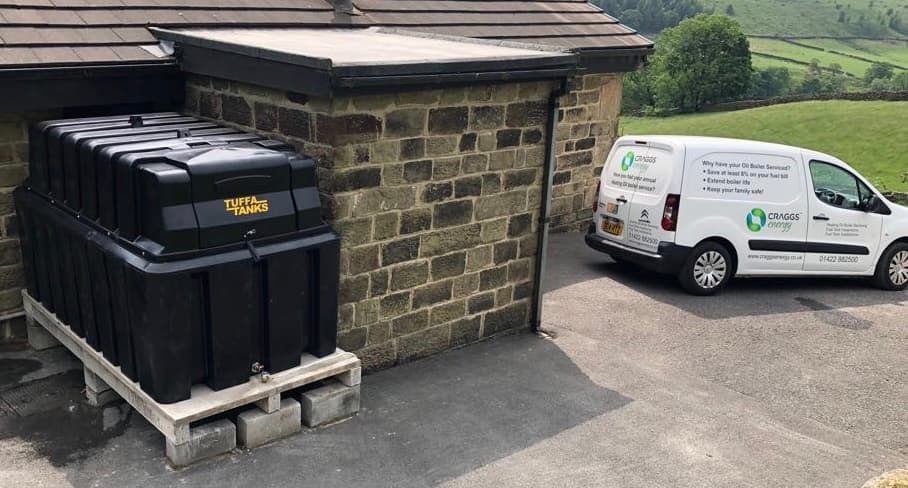When it comes to installing oil-fired heating systems — such as kerosene boilers — one of the most important design considerations is accurately calculating the property’s heat loss.This not only ensures compliance with UK and Ireland OFTEC (Oil Firing Technical Association) standards but also guarantees efficiency, safety, and customer satisfaction. Undersized or oversized systems can waste energy, increase costs, and shorten the life of the equipment.
Why Do Heat Loss Calculations Matter?
Every building loses heat through its walls, roof, floors, windows, and ventilation. The rate of this loss depends on the construction materials, insulation levels, and air leakage. If the system is designed without a proper calculation, the result is often a mismatch between the boiler output and the true demand of the home.
OFTEC highlights that a precise heat loss assessment is a legal and regulatory expectation under Building Regulations (notably Part L in England and Wales), which requires installers to fit heating systems that are neither oversized nor inefficient. The calculation ensures that the chosen oil-fired appliance delivers optimal performance while keeping fuel consumption and emissions low.
OFTEC Guidance and Compliance
OFTEC's Technical Book 4 (Heating System Design and Installation) provides detailed requirements for calculating and recording heat loss for oil-fired systems.
According to OFTEC:
- A full room-by-room heat loss calculation should be completed for every installation.
- Calculations must include fabric losses (through walls, floors, roof, windows) and ventilation losses.
- The data should be recorded and retained as part of the installation documentation — this may be requested during an audit or inspection.
- System sizing should align with the total design heat load plus appropriate allowances for hot water generation, where applicable.

OFTEC also stresses that when installing condensing oil boilers, correct sizing is critical to maintaining high efficiency, as oversized systems rarely operate in condensing mode for long periods.
Practical Steps for Installers
- Use Accurate Software or Calculators
Tools like the Heat Engineer App can simplify the process, automatically handling U-values, ventilation rates, and design temperatures in line with building regulations. - Assess Building Fabric and Insulation
Always confirm construction types and insulation levels, including any recent retrofits. Guesswork can lead to poor results. - Include Ventilation and Infiltration Losses
Especially in older or rural properties where oil heating is common, infiltration can be significant. - Consider System Design and Zoning
Oil-fired systems benefit from zoned control and weather compensation — features that rely on accurate load data. - Document Everything
Keep a copy of the calculation results and include them in the customer's handover pack. This shows professionalism and compliance with OFTEC expectations. - Talk To Your Customer
Informing your customer of why you are completing a Heat Loss Calculation and building a robust design is a benefit to them. With growing emphasis on reducing carbon emissions and preparing for low-carbon heating solutions, accurate heat loss calculations play a key role in future-proofing installations. They ensure that today's kerosene boiler system can later be integrated with renewable technologies such as heat pumps or hybrid systems — without a major redesign effecting the property owner.
Ensuring OFTEC-Compliant Heat Loss Calculations for Oil Systems
OFTEC-compliant heat loss calculations aren’t just a box-ticking exercise — they’re the foundation of a safe, efficient, and future-ready heating system. For plumbers and heating engineers working with oil-fired systems, getting these right builds trust with customers, saves fuel, and keeps your installations fully compliant.
For more information visit www.Heat-Engineer.com
